Home>Articles>How To Convert Cooking Time From The Oven To The Slow Cooker
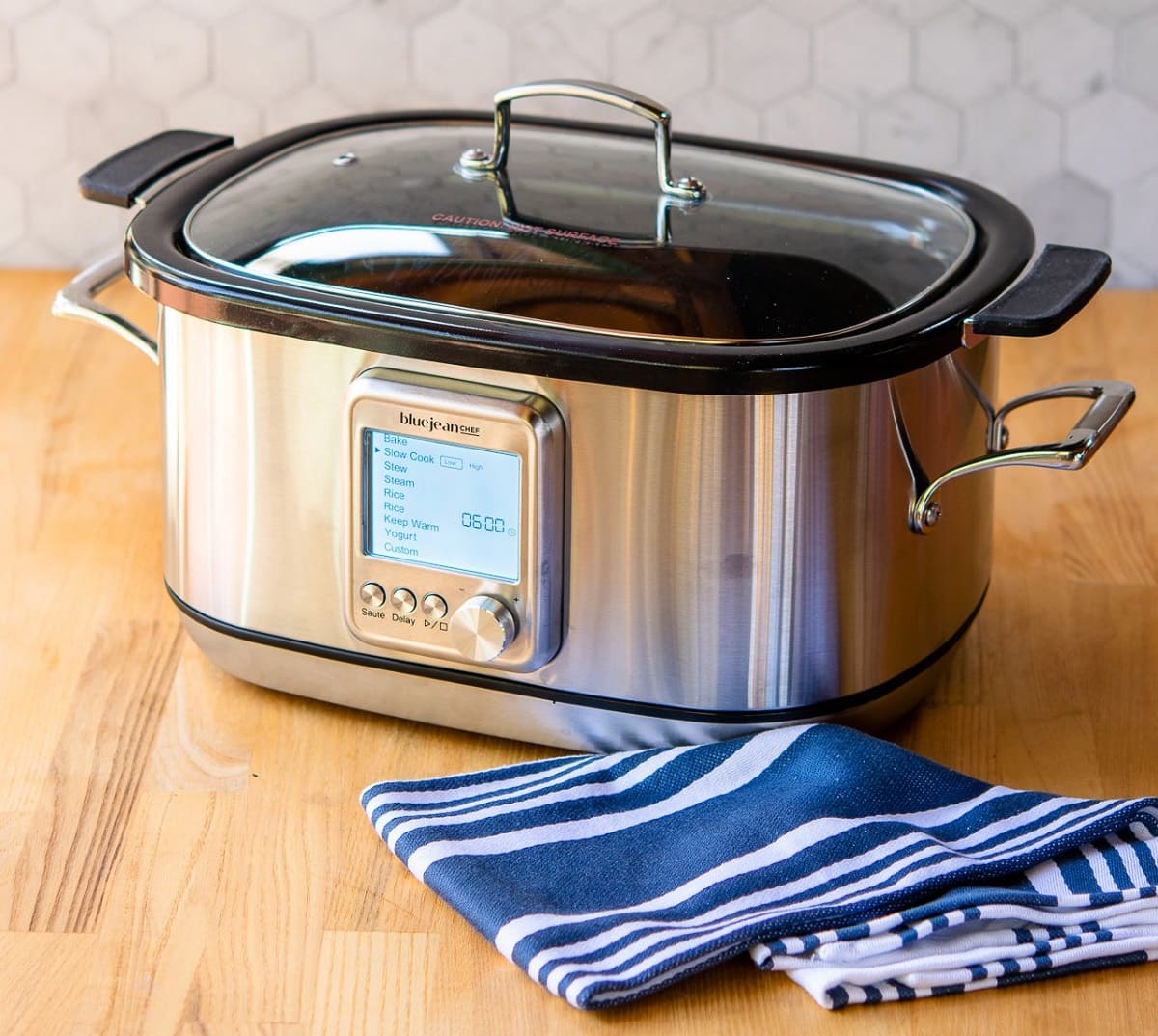

Articles
How To Convert Cooking Time From The Oven To The Slow Cooker
Modified: February 29, 2024
Discover the best way to cook articles with our guide. Find out how long it takes to cook them in the oven and the slow cooker, in just 2 hours!
(Many of the links in this article redirect to a specific reviewed product. Your purchase of these products through affiliate links helps to generate commission for Storables.com, at no extra cost. Learn more)
Introduction
Cooking is a delightful and essential aspect of our daily lives. Whether you are a seasoned chef or a beginner in the kitchen, finding the most efficient and convenient cooking methods is always a priority. When it comes to slow cooking, many people wonder about the difference between a traditional oven and a slow cooker, as well as how to properly adjust cooking times when transitioning between the two.
In this article, we will explore the intricacies of cooking times in the oven and the slow cooker. We will discuss how to convert cooking times from the oven to the slow cooker, and delve into the various factors that affect cooking duration in a slow cooker. By understanding these concepts, you will be able to enhance your cooking skills and make the most out of your kitchen appliances.
So, let’s dive in and discover the secrets behind cooking times in the oven and slow cooker!
Key Takeaways:
- Converting oven cooking time to slow cooker time involves dividing the oven time by 4 or 5, but factors like food size, moisture, and recipe type also play a crucial role in determining the slow cooker duration.
- When using a slow cooker, factors such as temperature settings, ingredient temperature, liquid content, and recipe type significantly influence cooking times. Proper layering of ingredients and limiting lid openings are essential for successful slow cooking.
Read more: How To Convert Slow Cooker To Instant Pot
The Difference between Oven and Slow Cooker
Before we delve into the specifics of cooking times, it’s important to understand the key differences between an oven and a slow cooker.
An oven is a versatile kitchen appliance that uses dry heat to cook food. It typically operates at high temperatures, ranging from 300°F (149°C) to 500°F (260°C). Ovens are suitable for a wide range of cooking techniques, including baking, roasting, broiling, and grilling. They provide quick and intense heat, making them ideal for preparing dishes that require a crispy exterior and a moist interior.
On the other hand, a slow cooker, also known as a crockpot, is designed for long, slow cooking at lower temperatures. It uses moist heat to cook food slowly over a span of several hours. Slow cookers typically have low, medium, and high settings, with temperatures ranging from 170°F (77°C) to 300°F (149°C). Slow cookers are perfect for preparing tender meats, stews, soups, and one-pot meals.
The main difference between an oven and a slow cooker lies in the cooking method and temperature. While the oven is known for its rapid heat distribution, slow cookers rely on a low and consistent temperature to gradually cook food over an extended period of time. This slow cooking process allows flavors to meld together and meats to become tender and juicy.
Understanding the difference between these two appliances is crucial when it comes to determining the appropriate cooking times for different recipes. Let’s explore the intricacies of cooking durations in the oven and how they can be adjusted for the slow cooker.
Cooking Time in the Oven
When using an oven, the cooking time generally depends on factors such as the type of food, its size and thickness, the desired level of doneness, and the oven temperature. It’s important to follow recipe instructions or cooking guidelines to ensure your dish is cooked to perfection.
For example, when roasting chicken or vegetables in the oven, the cooking time can vary based on the weight of the bird or the size of the vegetables. A general rule of thumb is to cook poultry at 350°F (175°C) and allow approximately 20 minutes of cooking time per pound (450 grams). Vegetables, on the other hand, may require a shorter cooking time of around 15-25 minutes, depending on their size and desired tenderness.
It’s crucial to use a thermometer to check the internal temperature of your dishes, especially when cooking meat. The USDA recommends a minimum internal temperature of 165°F (74°C) for poultry, 145°F (63°C) for beef, pork, veal, and lamb, and 160°F (71°C) for ground meats.
Additionally, the position of the food in the oven can also affect cooking time. Placing dishes closer to the top of the oven will result in quicker browning and cooking, while placing them lower will allow for slower and more even cooking.
Keep in mind that these are general guidelines, and cooking times can vary depending on individual ovens. It’s always best to refer to recipes or cooking charts for specific time and temperature recommendations.
Converting Oven Cooking Time to Slow Cooker Time
Converting oven cooking time to slow cooker time requires considering the key differences between the two cooking methods. Since slow cookers operate at lower temperatures and cook food slowly over a longer period, it is necessary to make adjustments to ensure your dish is properly cooked.
A common rule of thumb for converting oven cooking time to slow cooker time is to divide the oven cooking time by 4 or 5. For example, if a recipe requires 2 hours in the oven, you would expect it to take around 24-30 minutes in a slow cooker.
However, this rule is not always precise, and the cooking time may still vary depending on factors like the size and thickness of the food, the liquid content, and the desired outcome. It’s always helpful to refer to slow cooker recipes or guidelines to ensure accurate cooking times.
Here are a few tips to keep in mind when converting oven cooking time to slow cooker time:
- Slow cookers work best with recipes that require long, slow cooking times, such as stews, soups, and braised meat dishes. Foods that typically need less than an hour in the oven may not be suitable for the slow cooker.
- Consider the moisture content of the dish. Slow cookers trap moisture, so you may need to reduce the amount of liquid in the recipe compared to what you would use in the oven.
- Adjust the seasonings and flavors as needed. Since slow cooking allows flavors to develop and meld together, you may need to decrease the amount of spices or adjust the seasoning to avoid overpowering the dish.
- Take into account the size of the slow cooker. If the recipe makes a large quantity of food, ensure that it fits comfortably in your slow cooker without overflowing.
Remember, the key to successful slow cooking is low and slow. Allow enough time for the flavors to develop and the food to become tender and juicy. Experimentation and adaptation are part of the process, so don’t be afraid to adjust the cooking time based on your personal preferences and the specific recipe you are using.
For a recipe that calls for 2 hours in the oven, you can typically cook it in a slow cooker on low for 4-6 hours or on high for 2-3 hours. Adjust the cooking time based on the specific ingredients and recipe.
Factors Affecting Cooking Time in a Slow Cooker
When it comes to cooking in a slow cooker, several factors can affect the cooking time and overall outcome of your dish. Understanding these factors will help you make adjustments and ensure that your food is cooked to perfection.
1. Temperature Settings: Most slow cookers have low, medium, and high temperature settings. The setting you choose will directly impact the cooking time. The low setting cooks food at around 170°F (77°C) to 200°F (93°C) and generally takes 8-10 hours. The high setting cooks food at around 280°F (138°C) to 300°F (149°C) and usually takes 4-6 hours. The medium setting falls in between and typically takes around 6-8 hours. Adjust the cooking time based on the temperature setting you use.
2. Size and Thickness of Food: The size and thickness of food items will affect the cooking time in a slow cooker. Larger and thicker pieces of meat or vegetables will require more time to cook thoroughly. It’s important to cut food into smaller, uniform pieces to ensure even cooking.
3. Initial Temperature of Ingredients: If you’re using frozen or chilled ingredients, it will take longer for them to reach the desired temperature in the slow cooker. It’s best to thaw or bring ingredients to room temperature before adding them to the slow cooker to avoid prolonging the cooking time.
4. Liquid Content: The amount of liquid you add to the slow cooker can impact the cooking time. A lower amount of liquid will result in a quicker cooking time, while a higher amount of liquid will extend the cooking time. The liquid content helps create steam and maintain moisture during the cooking process.
5. Type of Recipe: Different recipes have varying cooking times based on the ingredients and cooking techniques. For example, recipes with tougher cuts of meat may require longer cooking times to achieve tenderness. Soups, stews, and braised dishes generally require longer cooking times to develop flavors and combine ingredients.
6. Opening the Lid: It’s important to avoid continuously opening the lid of the slow cooker while cooking. Each time the lid is opened, heat escapes, which can significantly prolong the cooking time. Only open the lid when necessary, such as when adding ingredients or checking for doneness.
By considering these factors, you can make appropriate adjustments to the cooking time in your slow cooker. It’s always a good idea to refer to recipe instructions as a starting point and then adapt based on these variables to achieve the desired results.
Tips for Using a Slow Cooker
A slow cooker can be a fantastic addition to your kitchen, making cooking more convenient and allowing you to enjoy delicious, home-cooked meals with minimal effort. To make the most out of your slow cooker, here are some helpful tips to keep in mind:
- Choose the Right Size: Slow cookers come in various sizes, so it’s important to choose one that suits your needs. Consider the number of people you typically cook for and the size of your recipes. A smaller slow cooker (around 4 to 6 quarts) is ideal for couples or small families, while larger slow cookers (8 quarts or more) are better for larger households or when cooking for a crowd.
- Prep Ingredients in Advance: To save time and make the cooking process smoother, prepare your ingredients in advance. Chop vegetables, trim meat, and measure out spices and liquids ahead of time. This way, you can simply add everything to the slow cooker when you’re ready to start cooking.
- Sear Meat for Added Flavor: While not always necessary, searing meat before adding it to the slow cooker can enhance the flavor and texture. Searing creates a delicious crust and seals in juices. It’s particularly beneficial for roasts and tougher cuts of meat.
- Layer Ingredients Properly: For even cooking, layer ingredients properly in the slow cooker. Start with tougher and denser ingredients, such as root vegetables and meat, at the bottom. Then add softer ingredients like leafy greens or delicate vegetables. This helps ensure that all ingredients are cooked to perfection.
- Limit Opening the Lid: It’s tempting to check on the progress of your dish, but each time you open the lid, heat escapes, significantly extending the cooking time. Only open the lid when necessary, such as when adding ingredients or checking for doneness.
- Use the Right Amount of Liquid: Slow cookers rely on moist heat to cook food, so it’s essential to include enough liquid in your recipes. However, be careful not to overfill the slow cooker, as excess liquid can cause the dish to become watery.
- Experiment with Flavors: Slow cooking allows flavors to develop and meld together over time. Don’t be afraid to experiment with herbs, spices, and seasonings to enhance the taste of your dishes. Just make sure to balance the flavors and taste as you go to achieve the desired result.
- Be Mindful of Cooking Times: While slow cookers are designed to be left unattended, it’s still important to be mindful of cooking times to avoid overcooking. Refer to recipe guidelines and adjust cooking times based on the size of the ingredients and desired level of doneness.
- Utilize the Warming Function: Most slow cookers have a warming function that keeps food at a safe temperature once it’s cooked. This allows you to keep your dish warm until you’re ready to serve, without worrying about it getting cold.
- Clean with Care: After using your slow cooker, clean it carefully. Most slow cooker inserts and lids are dishwasher safe, but it’s always best to consult the manufacturer’s instructions. If there are any stubborn stains or residue, soak them in warm, soapy water before scrubbing.
By following these tips, you can make the most out of your slow cooker and create delicious, flavorful meals with ease. Whether you’re a busy professional or simply looking for a convenient cooking method, a slow cooker can be your best kitchen companion.
Conclusion
Cooking times in the oven and slow cooker are influenced by various factors, including temperature, size of ingredients, liquid content, and desired outcome. Understanding these differences and making necessary adjustments will help you achieve mouthwatering results in both cooking methods.
The oven offers quick and intense heat, making it suitable for a wide range of cooking techniques. However, slow cookers provide the convenience of long, slow cooking at lower temperatures, resulting in tender and flavorful dishes.
When converting oven cooking time to slow cooker time, it’s important to consider the size and thickness of the food, the desired level of doneness, and the moisture content. Dividing the oven cooking time by 4 or 5 is a general rule of thumb, but it’s always best to refer to specific recipes or guidelines.
Factors such as temperature settings, ingredient temperature, liquid content, and recipe type can all influence cooking times in a slow cooker. Remember to layer ingredients properly, limit lid openings, and use the appropriate amount of liquid to ensure the best results.
Lastly, take advantage of these tips for using a slow cooker, which include choosing the right size, preparing ingredients in advance, searing meat for added flavor, and experimenting with flavors. By following these tips, you can make the most out of your slow cooker and enjoy delicious, hassle-free meals.
Now that you have a comprehensive understanding of cooking times in the oven and slow cooker, it’s time to put your culinary skills to the test. Embrace the versatility of these cooking methods, adapt recipes to suit your taste, and savor the incredible flavors that can be achieved through slow cooking. Happy cooking!
Frequently Asked Questions about How To Convert Cooking Time From The Oven To The Slow Cooker
Was this page helpful?
At Storables.com, we guarantee accurate and reliable information. Our content, validated by Expert Board Contributors, is crafted following stringent Editorial Policies. We're committed to providing you with well-researched, expert-backed insights for all your informational needs.
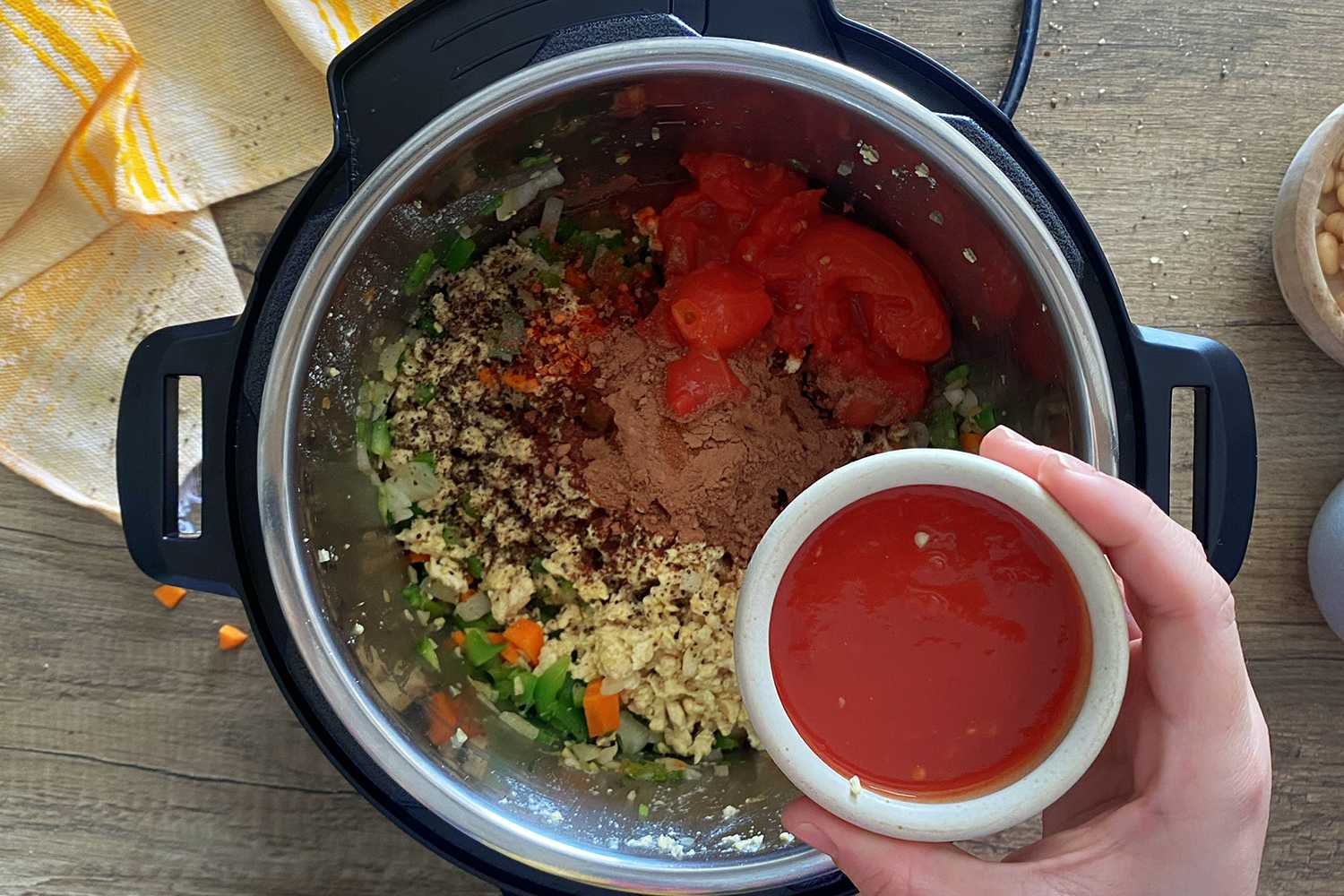
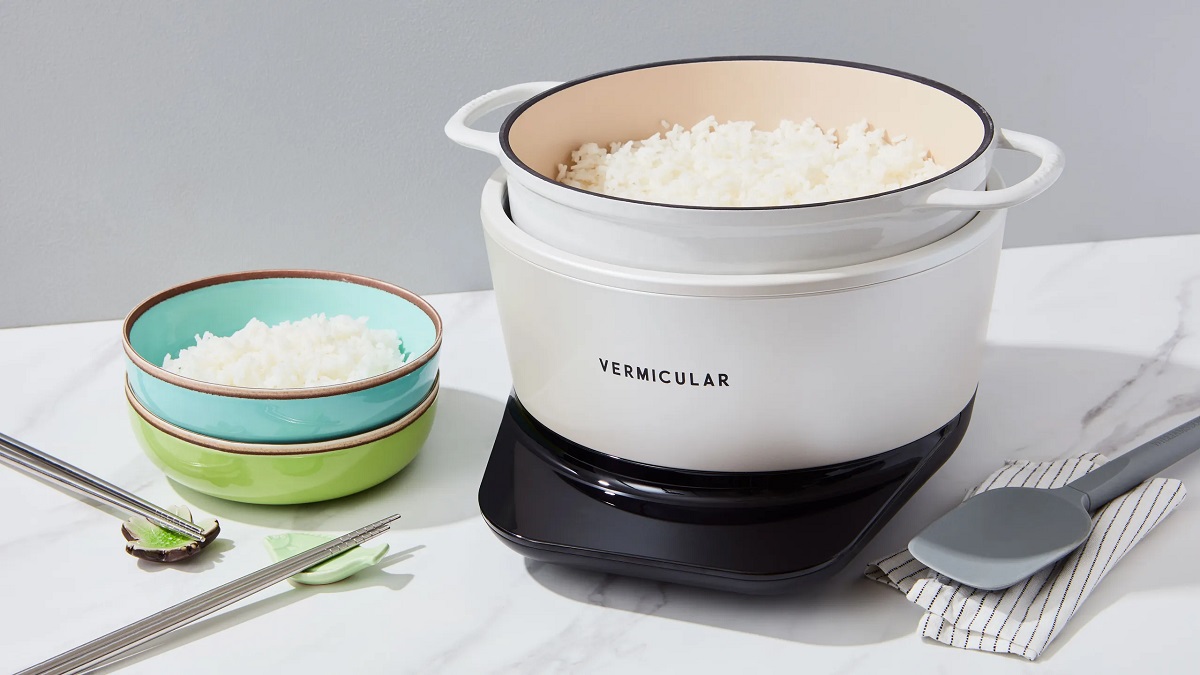
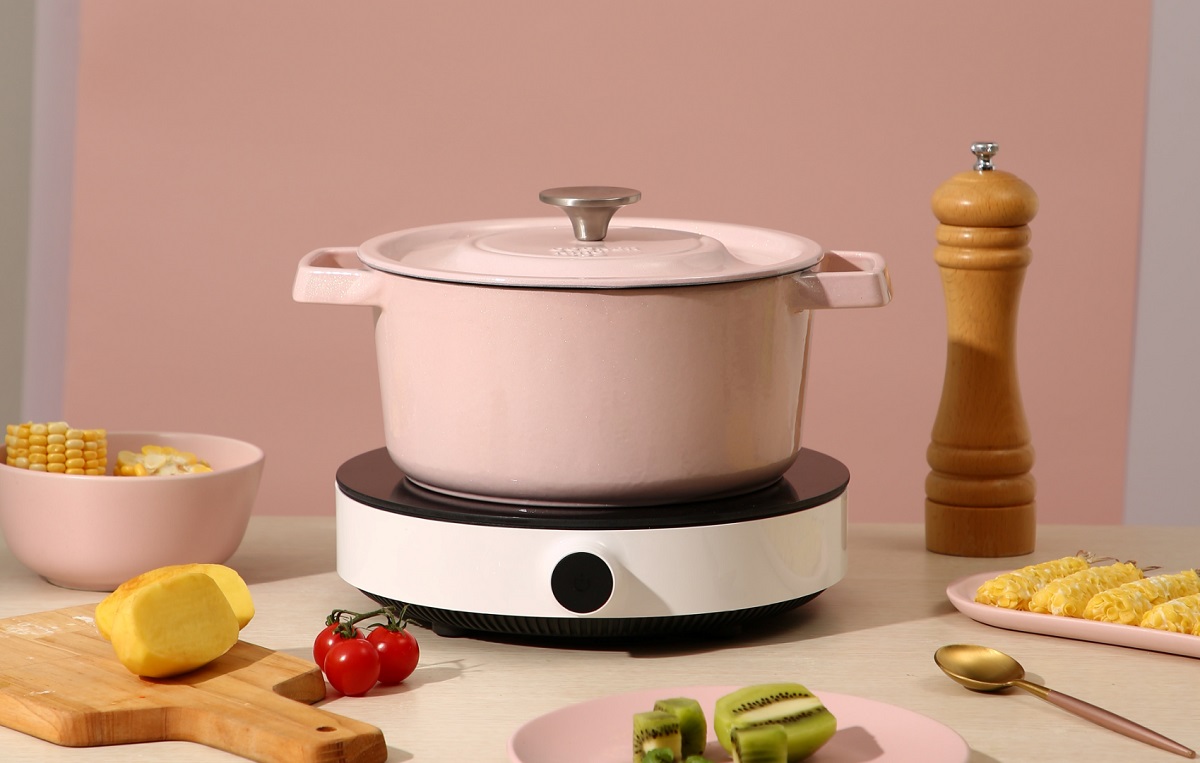
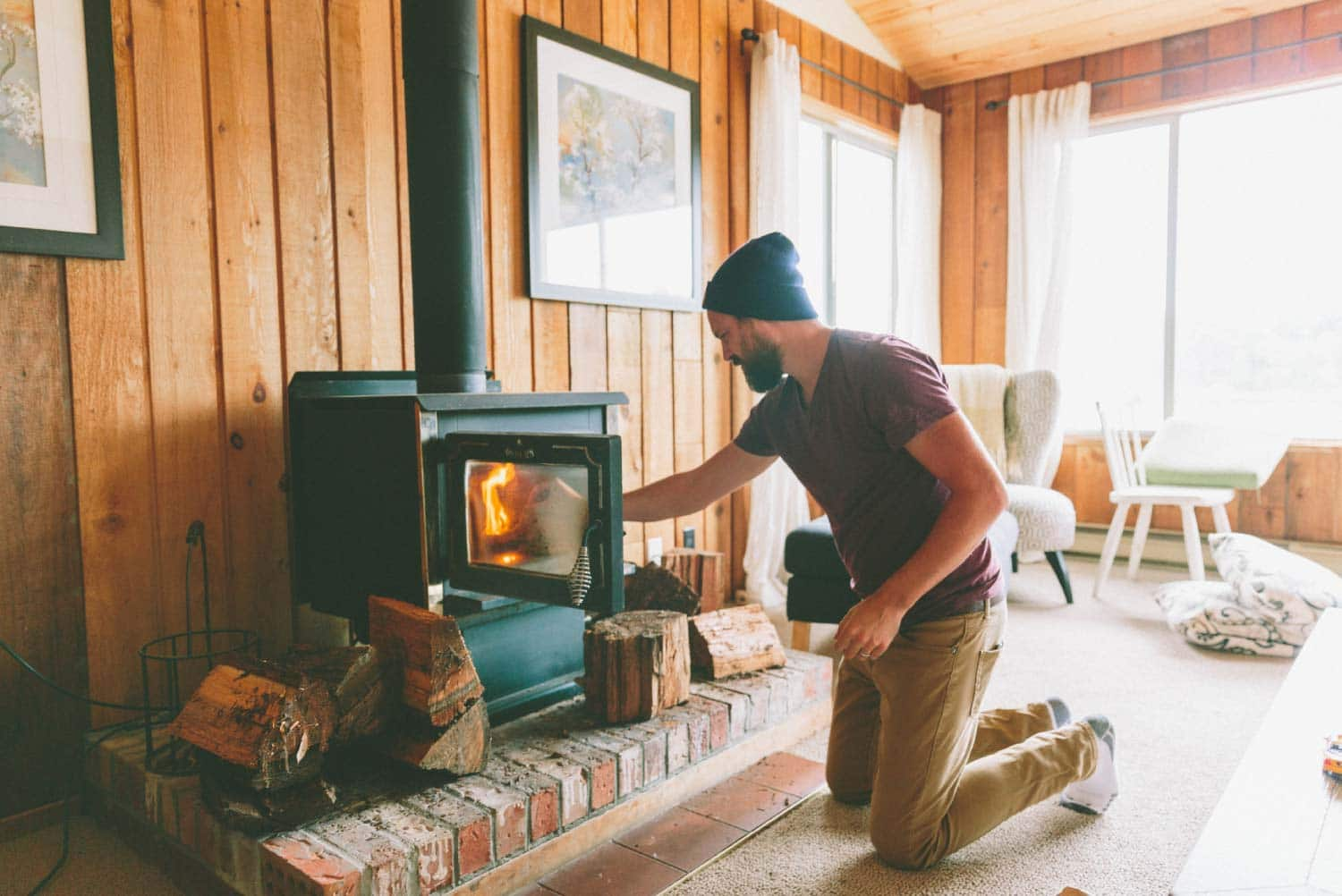
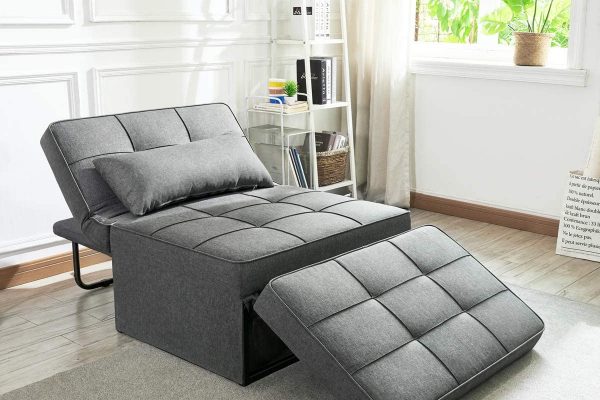
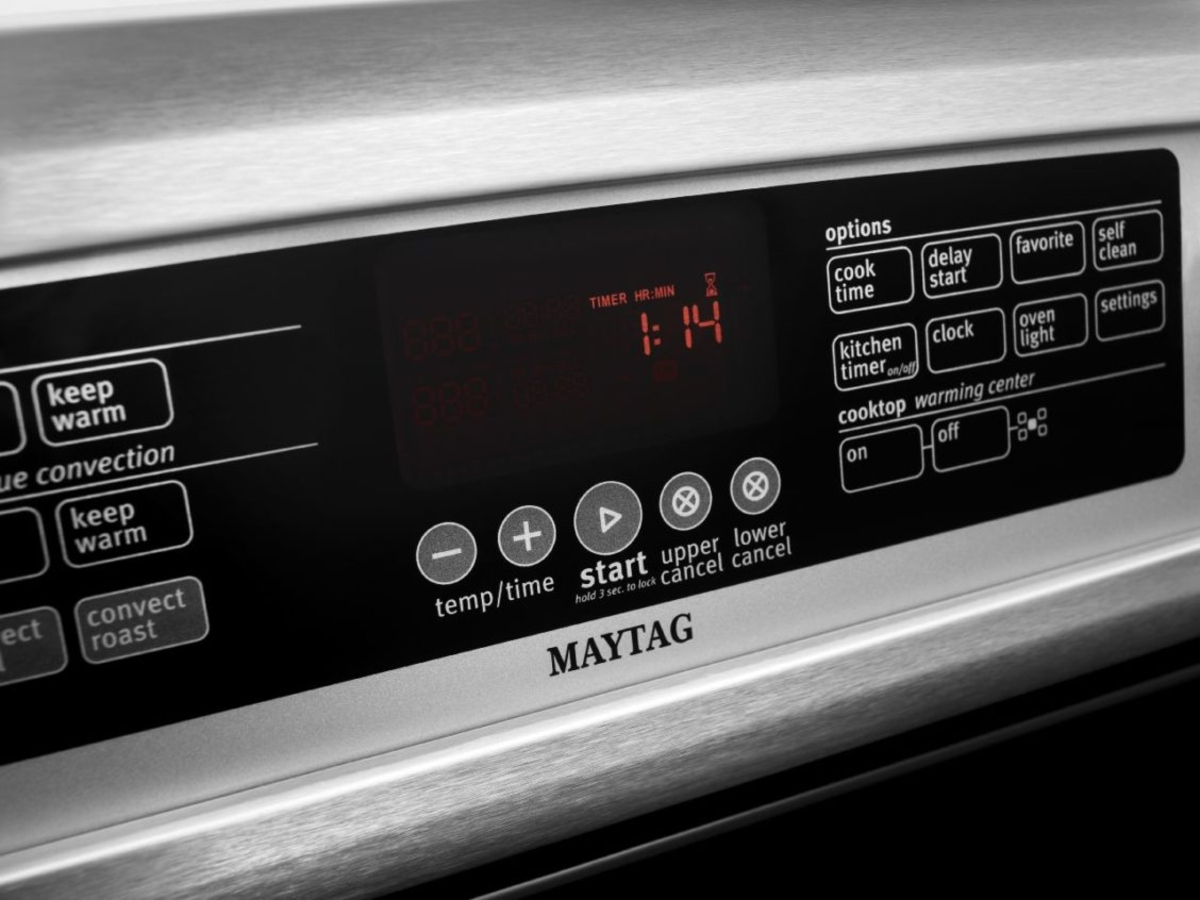
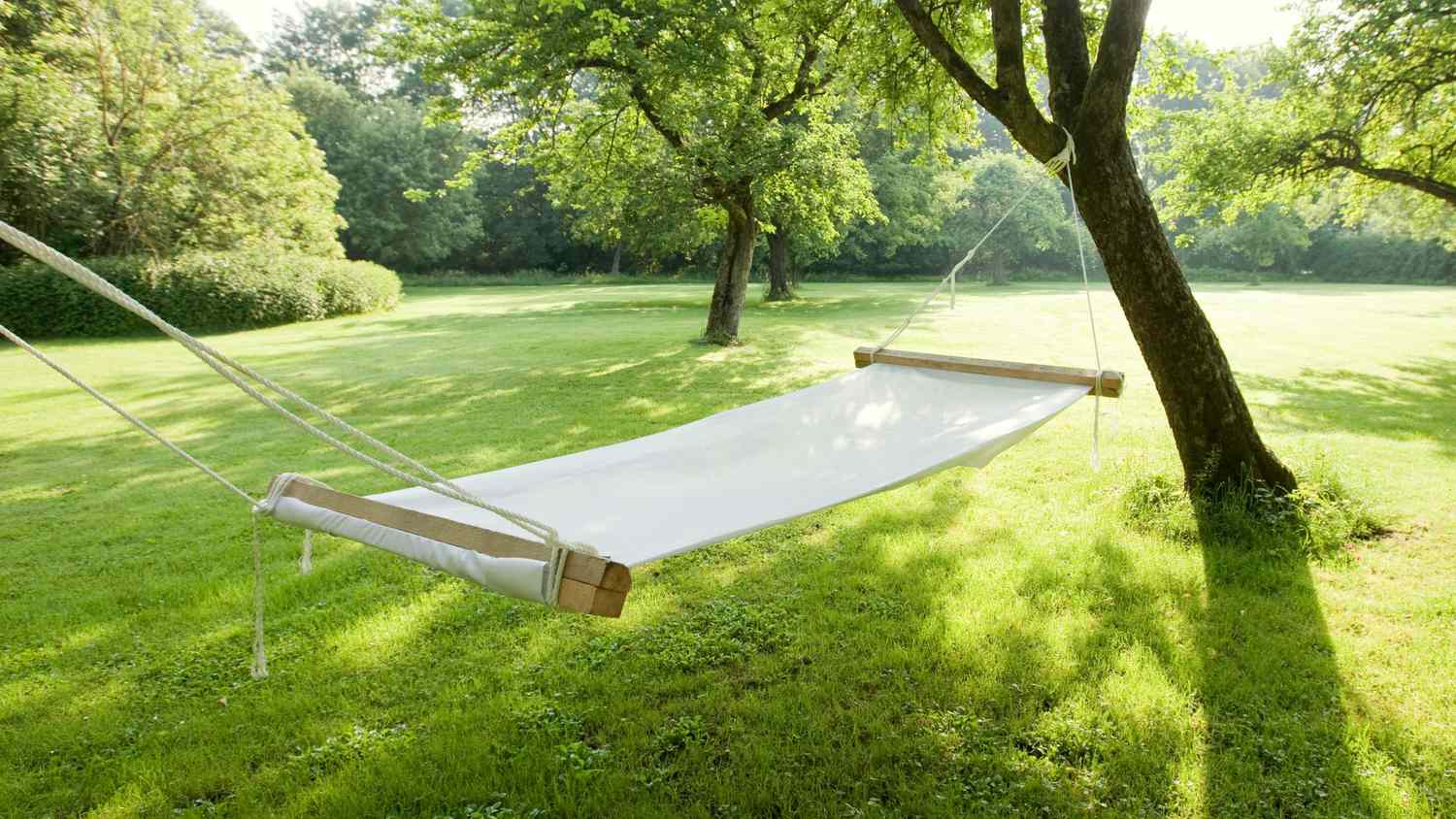
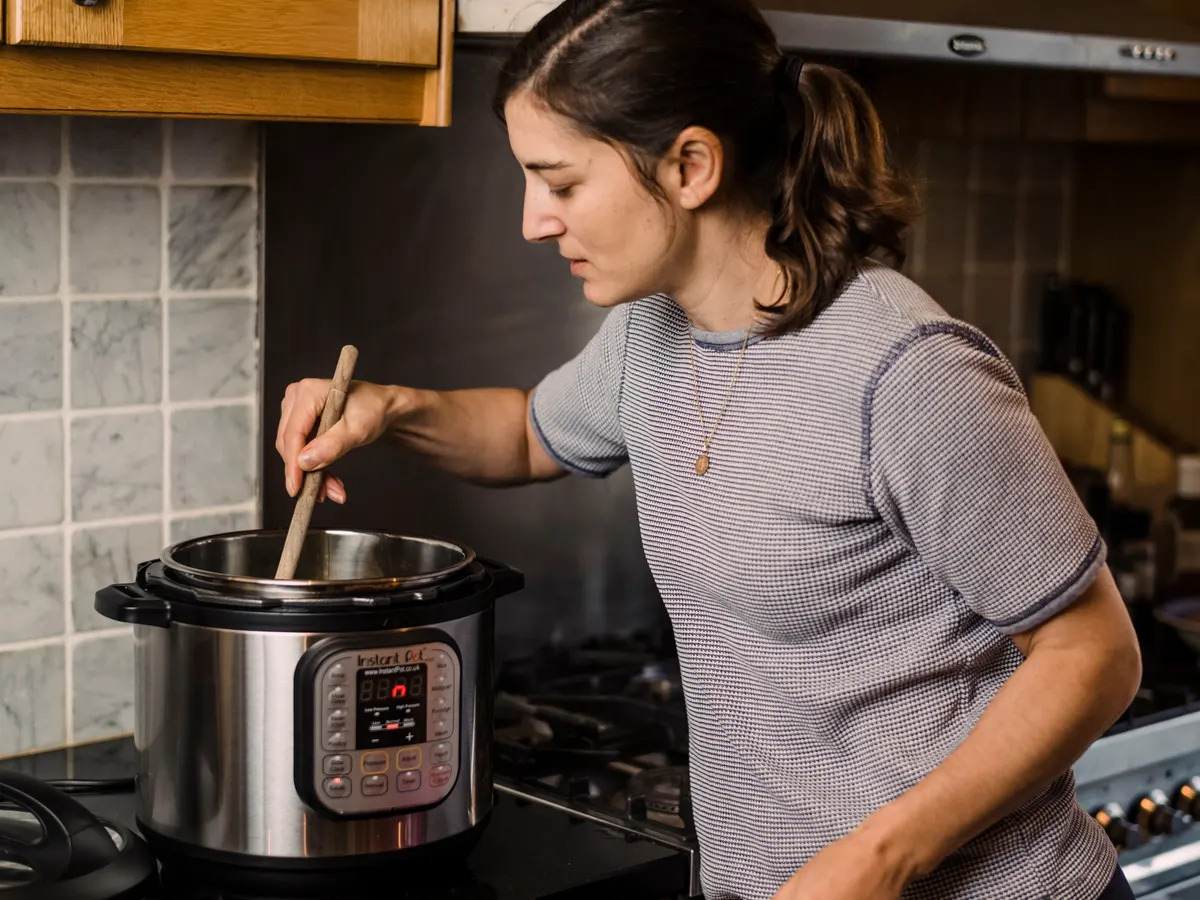
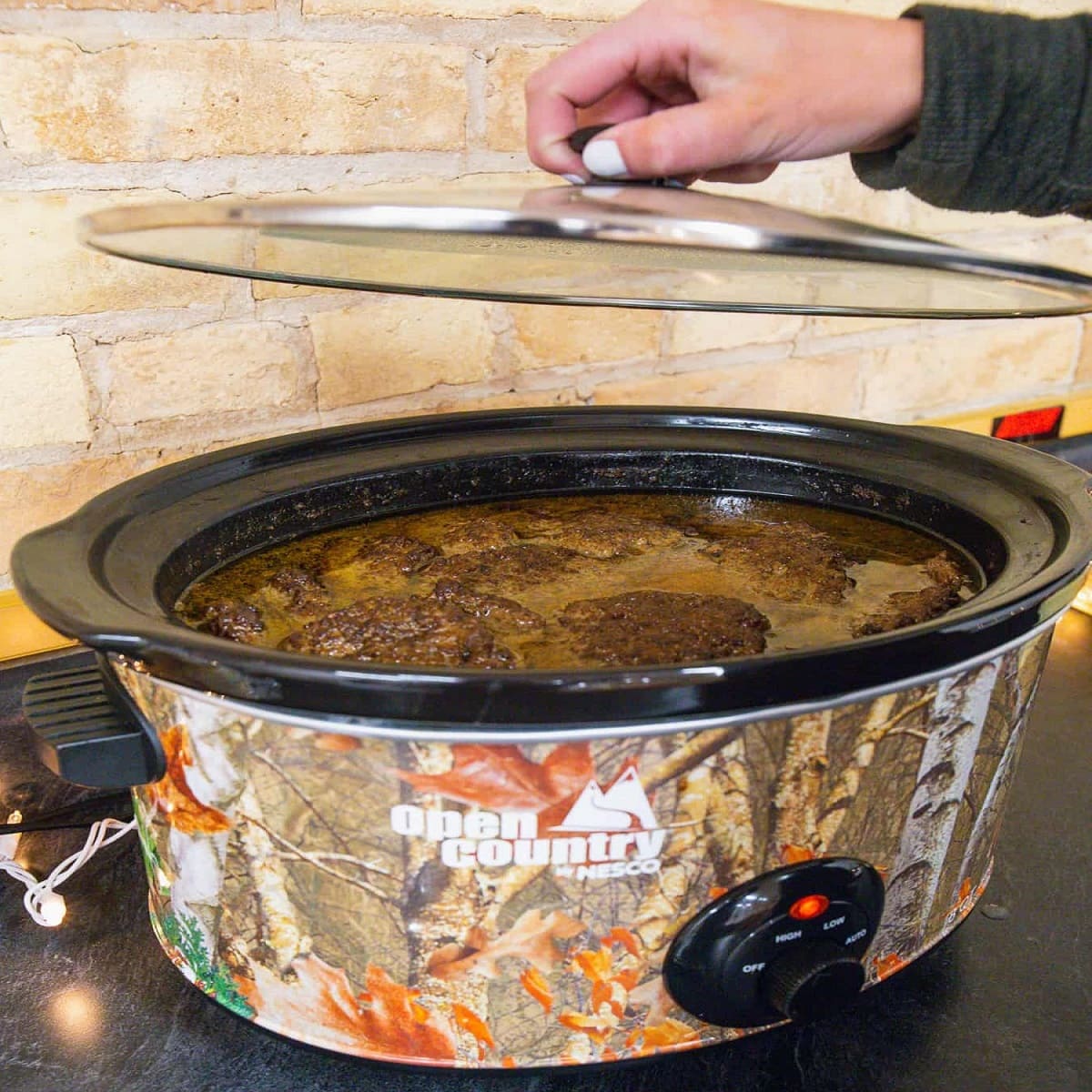
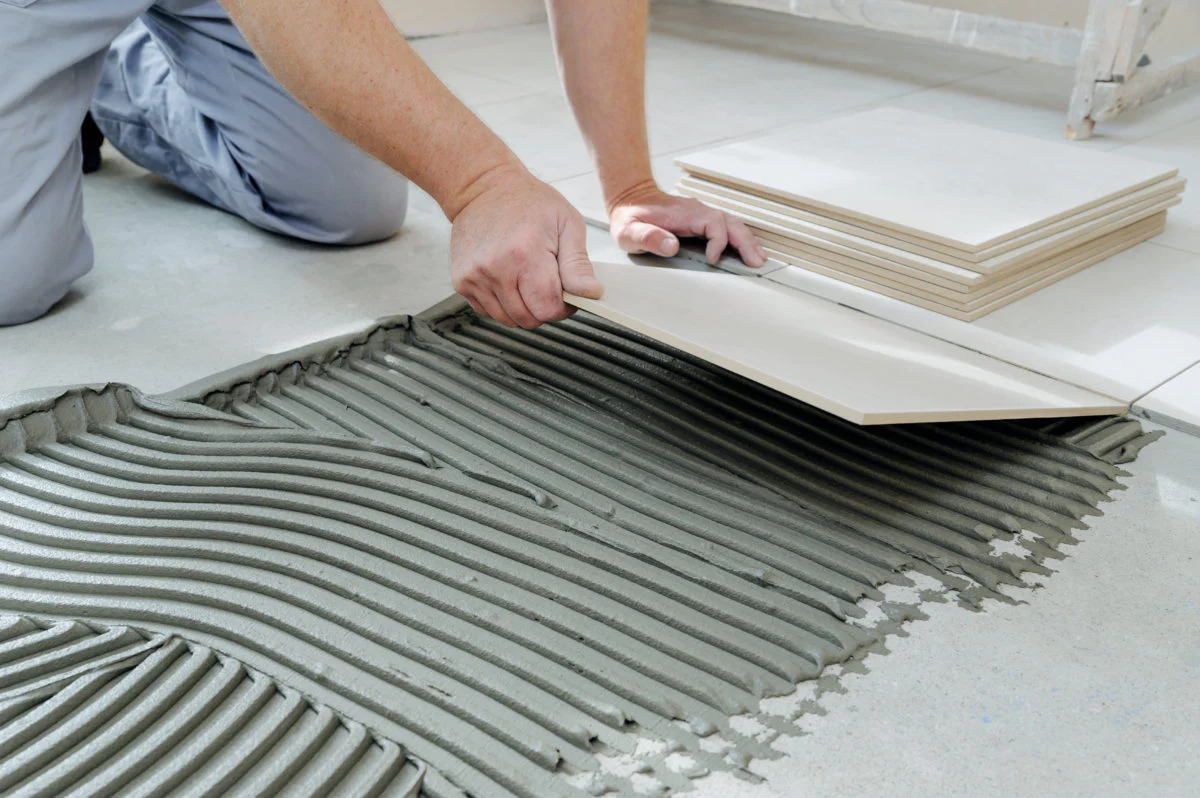
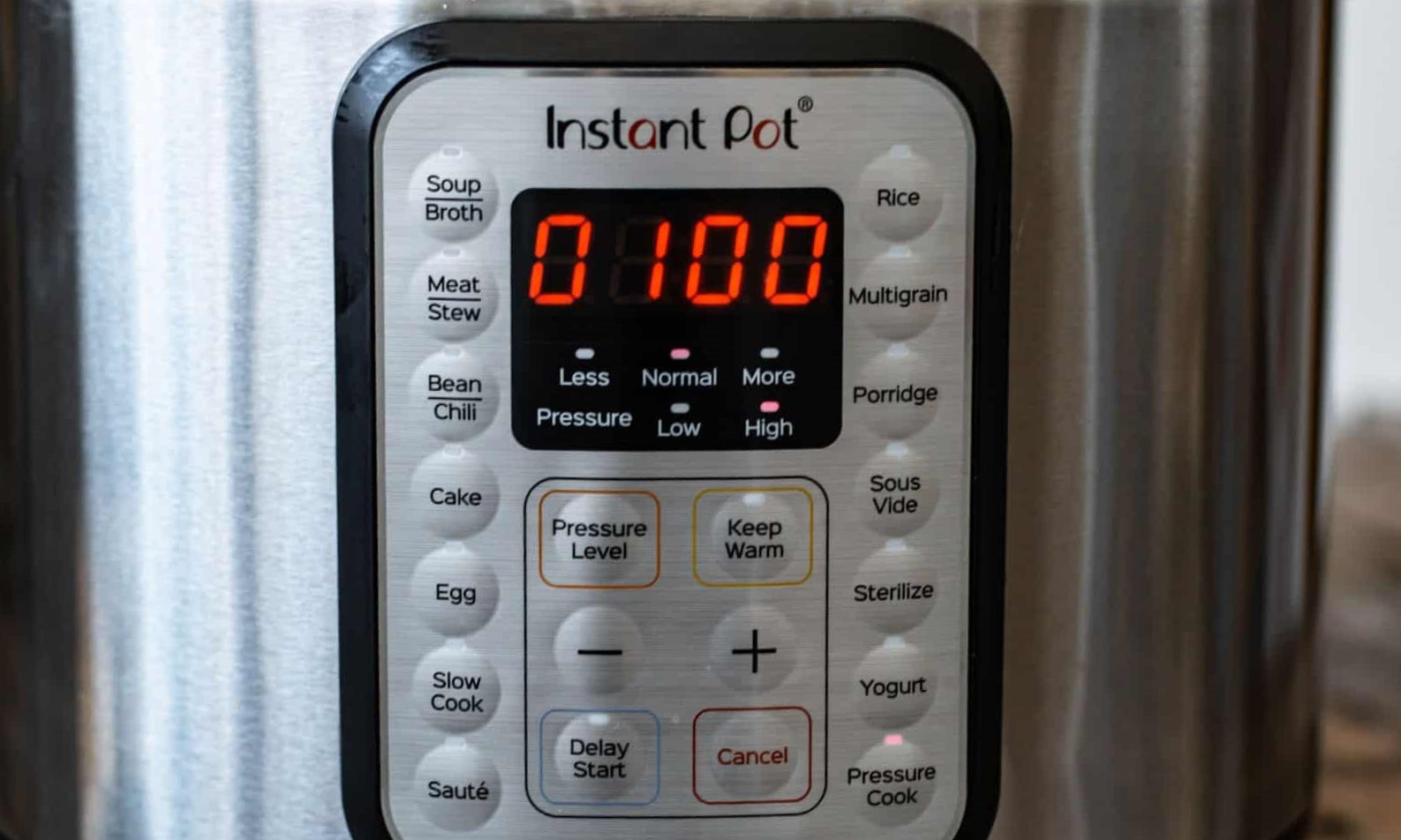
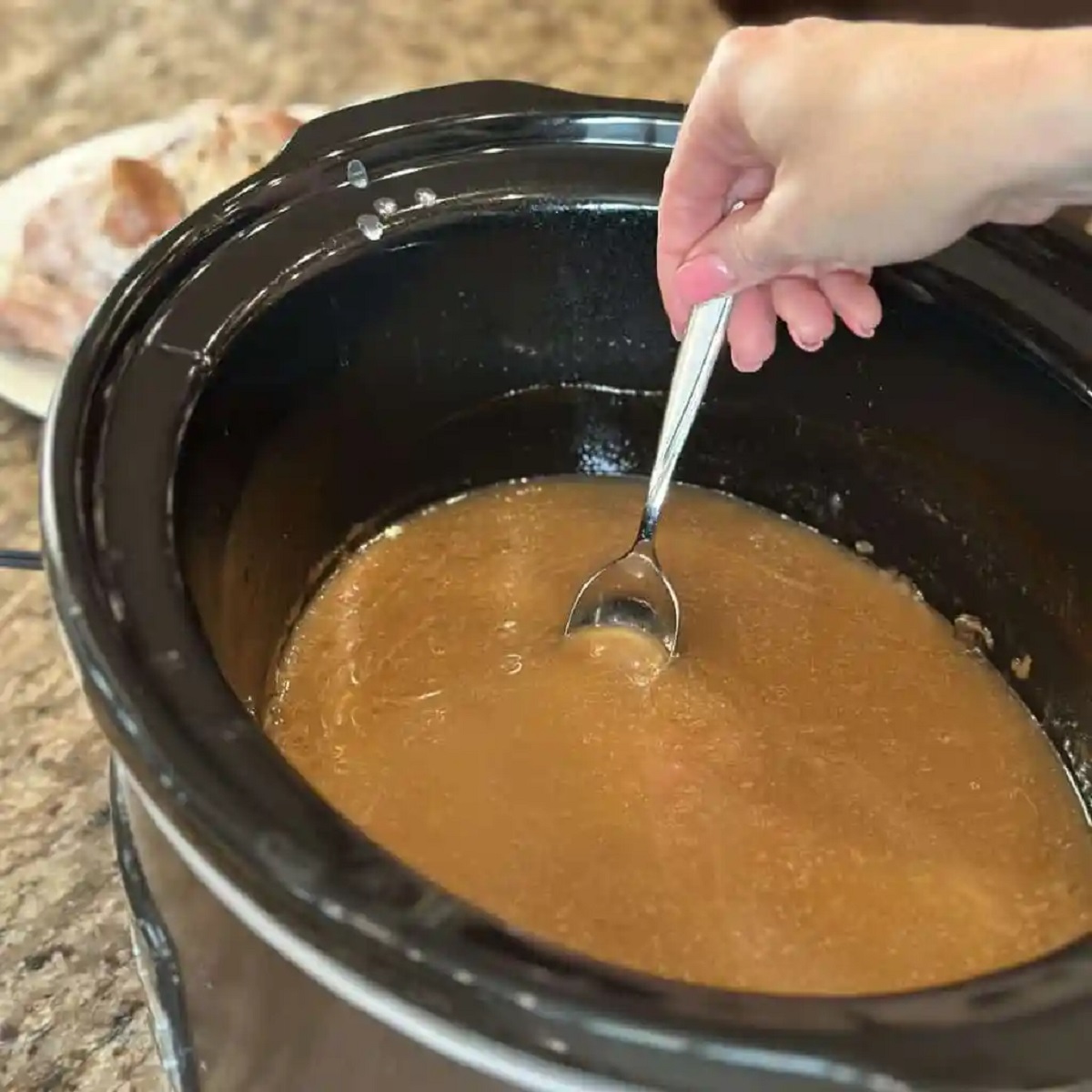
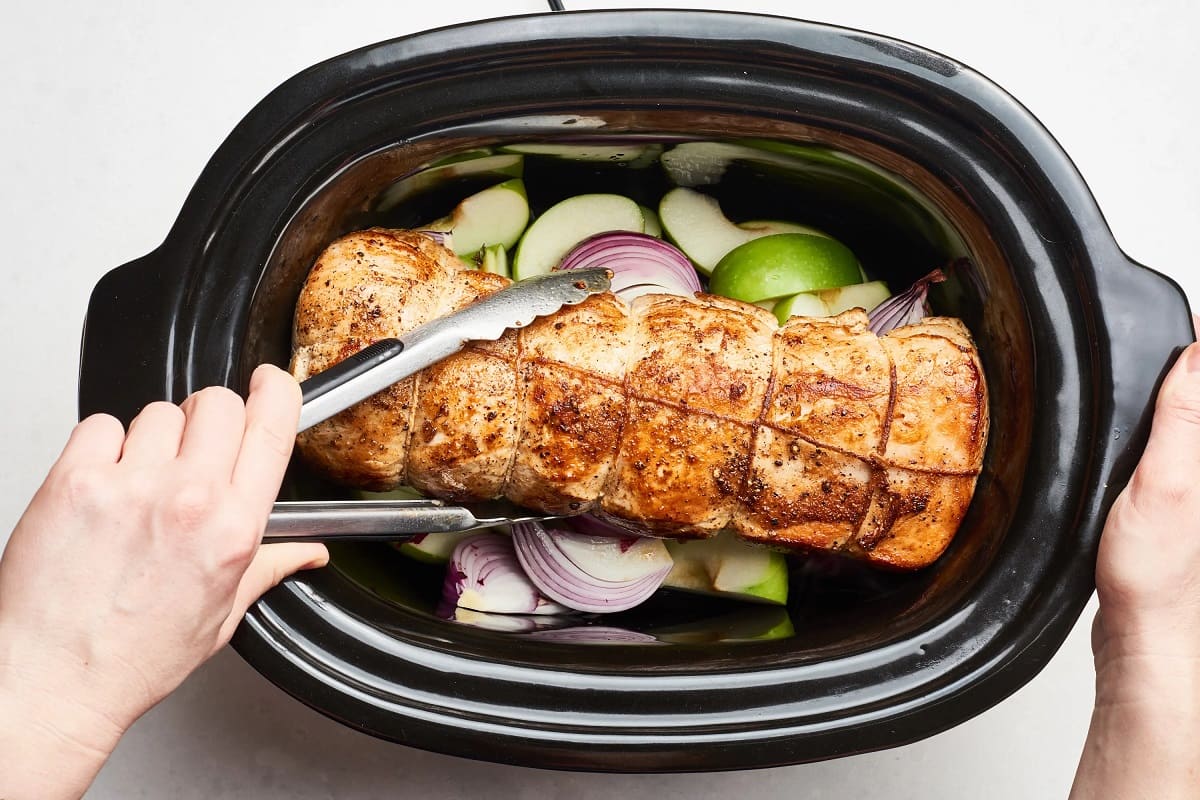
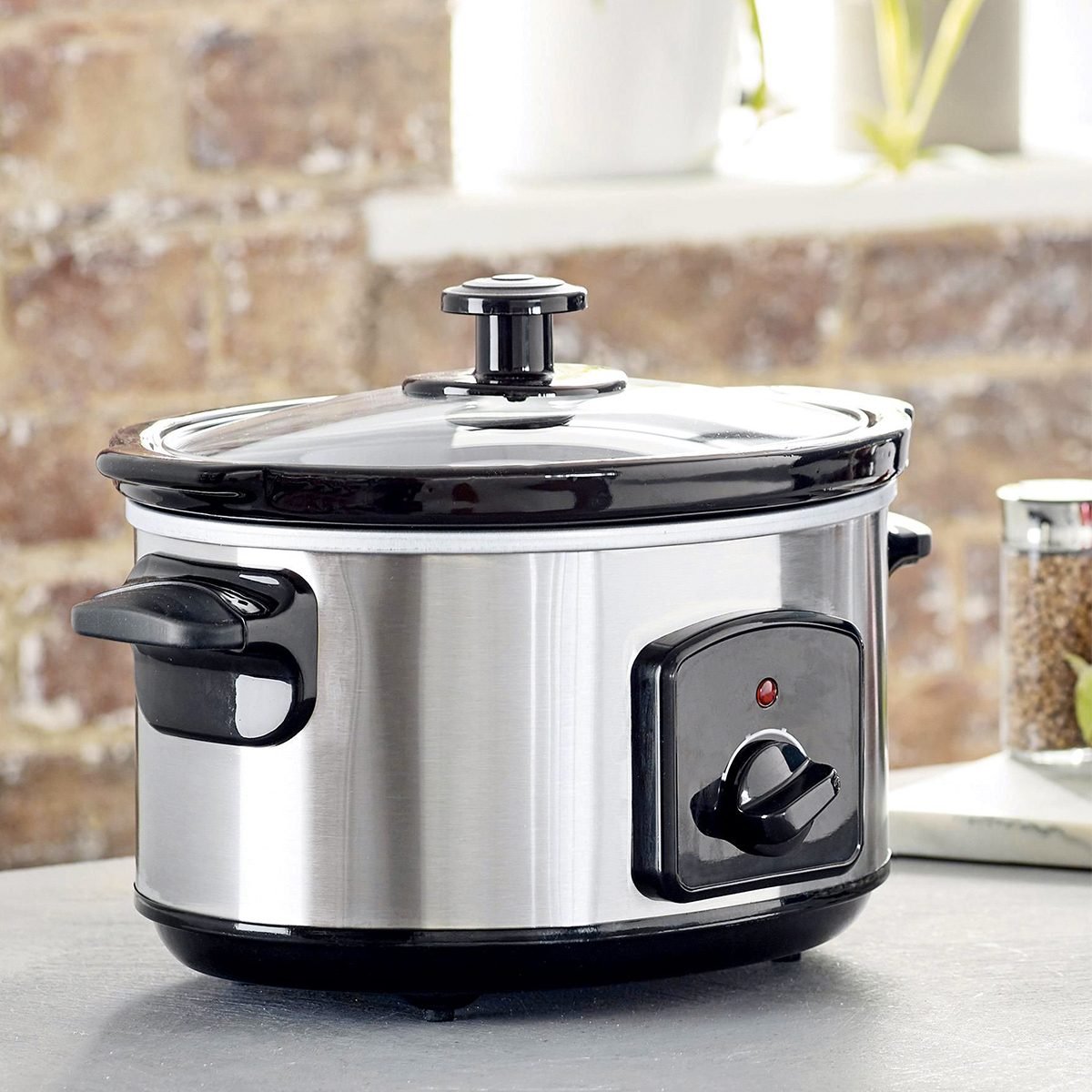

0 thoughts on “How To Convert Cooking Time From The Oven To The Slow Cooker”